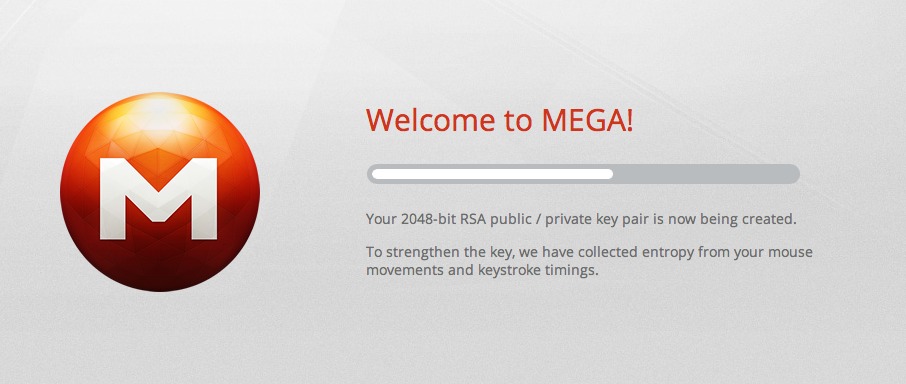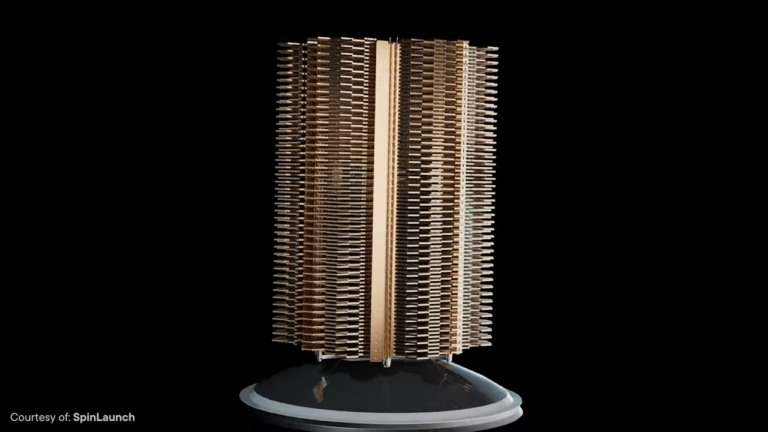The news this past weekend was all Mega, Mega, Mega. We've covered the launch of the new "cyber locker" service (and I swear that's the last time I'll ever use the prefix "cyber") and we've talked with Kim Dotcom himself, but the shiniest feature—the encryption methodology—has remained unexplained.
Mega has an entire page dedicated to explaining to developers how its API works, and the page contains some high-level details of what encryption methods the service uses and where they're used. There are actually several different things going on, and it's not as simple (or as secure) as it appears at first blush.
Block object storage
Mega's documentation notes it uses a "hierarchical file/folder paradigm," which is a fancy way of saying that it organizes your data into files and folders, just like your local file system. Every file or folder has an identifying data structure called a node (sort of analogous to an inode in a Unix-y file system) and every node has a parent node; in this way, the "file/folder" paradigm is maintained even if all the Mega service can see are flat encrypted blocks. There are three parentless root container nodes for each account—one for the root file folder, one for the inbox, and one for the trash.
Each node contains an attribute block and data blocks. The attribute block for the node currently is only used to contain the name of the data object associated with the node—the name of the file or folder, in other words—but the docs note that in the future more data can be squeezed into the attribute block, including user-to-user messages for different users to collaborate on files. The attribute and data blocks are both encrypted, separately, with AES-128.



 Loading comments...
Loading comments...
